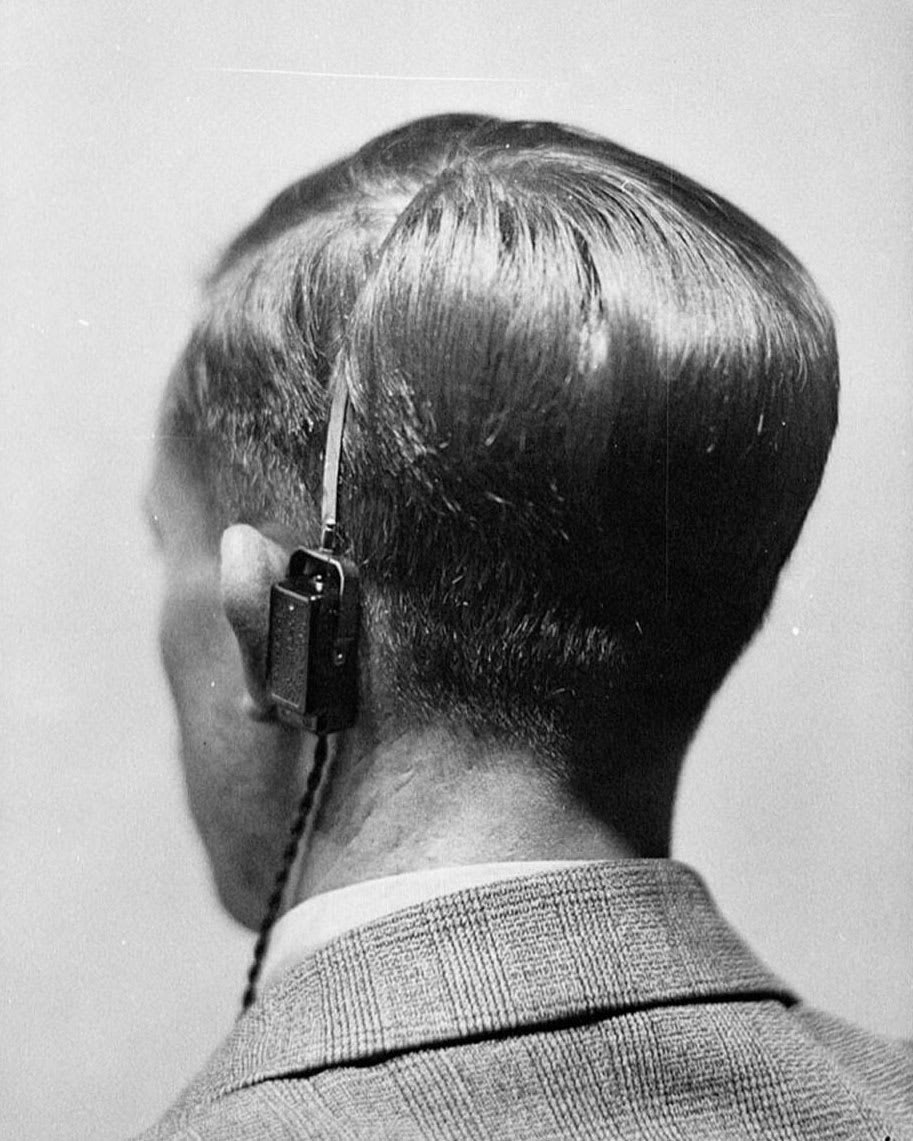Experimental research projects, advanced prosthetics restore a sense of touch
An amputee can feel his wife's hand using advanced prosthetic technology after signing up for an experimental research project.
Brandon Prestwood lost his left hand in 2012. He was reassembling an industrial conveyor belt as part of a maintenance crew when someone turned it on. His arm was dragged in, and his bones were crushed. After four years using a hook, Prestwood volunteered for an experimental research project funded by the Defense Department and Veterans Affairs, he told 60 Minutes correspondent Scott Pelley.
Now, Prestwood controls an advanced prosthetic hand with his thoughts. Electrodes, implanted in muscles in his arm, pick up his brain's electrical signals for movement. A computer translates those signals to the hand. Sensors in the plastic fingers are connected back through the computer to nerves in his arm to return a basic sense of touch, which he can demonstrate with his eyes closed.
"It doesn't feel exactly like my right hand. It's a tingling sensation," Prestwood said. "It's not painful. It's kind of like, if your hand's been asleep, right at the end, right before it wakes up … for me, it's pleasant, it's a pleasant tingling."
Biomedical engineer Dustin Tyler leads the research at Case Western Reserve University and the Cleveland V.A. Tyler first attempted an artificial connection in 2012. He switched it on in a volunteer and wondered what would happen.
"So I was concerned, would it be his whole hand? Would it be painful? Would it not feel anything? We had no idea," Tyler said. "So, one of those big moments in my career was, he came in, we first turned on the stimulus, and he kinda stopped for a second and he goes, 'That's my thumb. That's the tip of my thumb.'"
Seventeen years ago, the Defense Department launched a $100 million project to revolutionize prosthetic limbs. The University of Chicago's Sliman Bensmaia is among the world's leading experts on the neuroscience of touch. In 2008, when he joined the Defense Department's prosthetics project, he didn't think the Pentagon knew what it was up against.
"There are 100 billion neurons in the brain interconnected with 100 trillion synapses," Bensmaia said. "I mean, the human brain, it's like the most complex system in the known universe."
He believed it was too complex to target electrical stimulation to exactly the right neurons and the stimulation would not be useful, but he was proven wrong by his own research with volunteers, including Scott Imbrie.
Imbrie's movement and sense of touch are limited by a spinal injury from a car accident. Computer ports in Imbrie's skull are wired to the motor and sensory parts of his brain. Electrodes pick up the brain's electrical signals that were intended for the muscles, and a computer translates those signals to the robot arm.
Ten years ago, Scott Pelley reported on robotic prosthetics that could be moved with the mind, but there was no sense of touch. Later, Bensmaia, in collaboration with a team of researchers at the University of Pittsburgh, successfully showed that, using a brain-machine interface, they could not only link a person to a prosthetic hand they controlled with their mind, but also could link it to sensors on the prosthetic that could be returned to the participant's brain, which created sensations of touch that felt like they were coming from their own hand.
There are challenges. Eventually, the brain builds scar tissue at the implants, limiting the motor electrodes. But one patient's implants have lasted more than seven years. Imbrie's have been working for two years. He believes his experience as a subject in the study has been the most meaningful work of his life.
"I wanted to have someone else to have the opportunity to become independent again," Imbrie said.
The greatest independence might be no prosthetic at all. This astounding possibility is becoming a reality. Austin Beggin was left quadriplegic after an accident during a vacation in the weeks after he'd graduated from college. Beggin's brain impulses are routed through a computer to implants in his own arm that fire his muscles, stimulating movement.
Motor and sensory impulses flow through ports in his skull and a computer, bypassing his damaged spine. The research is led by Bolu Ajiboye, a biomedical engineer at Case Western Reserve University.
"Our goal is to restore complete functionality of the upper arm, including dexterous hand function and the ability to reach out so that Austin and others who've suffered, you know, severe spinal cord injury, can regain some level of functional independence," Ajiboye said.
Amazing advances are coming quickly. Prestwood's next device will replace some wiring with Bluetooth connections. The cost of this experimental rig and surgery is estimated at roughly $200,000, but an eventual commercial system may cost significantly less while delivering moments that are priceless, like feeling his wife's hand again with the prosthetic. Prestwood told Scott Pelley that feeling meant the world to him.
"I was a whole person again," Prestwood said.








